How to get rid of termites: advice for tackling these small but mighty pests
This guide on how to get rid of termites may be just what you need if you've got pests affecting your woodwork – including natural methods and tips for identifying

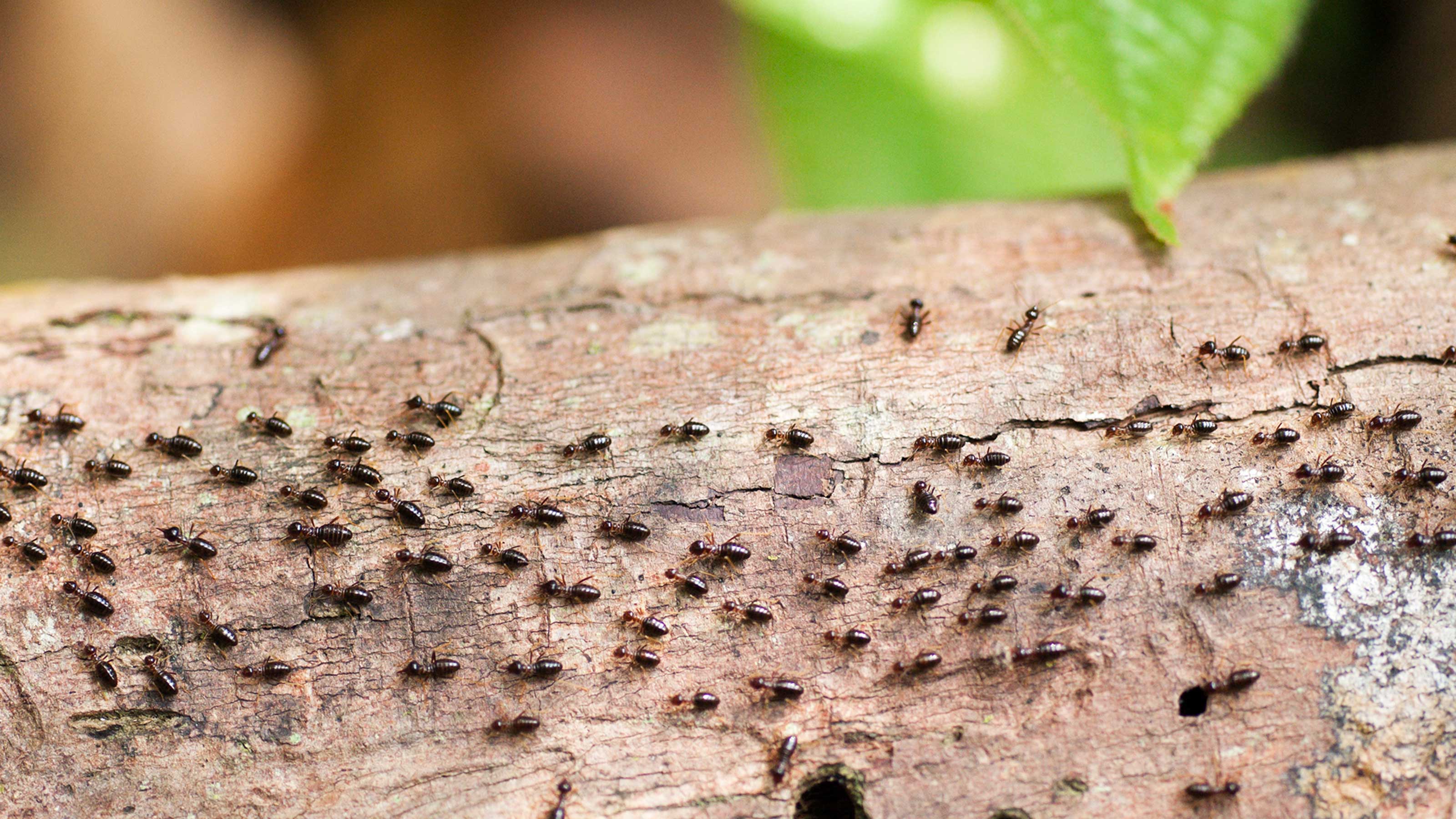
Do you need the lowdown on how to get rid of termites, fast? Then look no further – you've come to the right place.
If you've already tackled how to get rid of ants, you'll know that a small-sized pest doesn't necessarily equate to a small-sized problem. And termites are a royal pain. They're infamous for their destructive qualities, and if you see one termite, chances are they'll be hundreds – even thousands – not too far away. In fact, according to Terminix, a colony can have more than a million workers, consuming over 100 pounds of wood per year. That's a lot of furniture or structural damage.
They're found across almost every state in the US (except for Alaska), either in the ground or in any type of timber they can reach. Australia isn't safe from these pests either, nor are most other regions of the world (although the UK seems to have escaped their presence). But if you're facing a termite problem in your own plot – don't despair. There are things you can do to deter them.
How to get rid of termites: 7 simple tips for keeping them at bay
We've rounded up seven practical ways for how to get rid of termites in your home and yard. Plus, you'll find additional advice on what to look out for, so you can catch an infestation quickly.
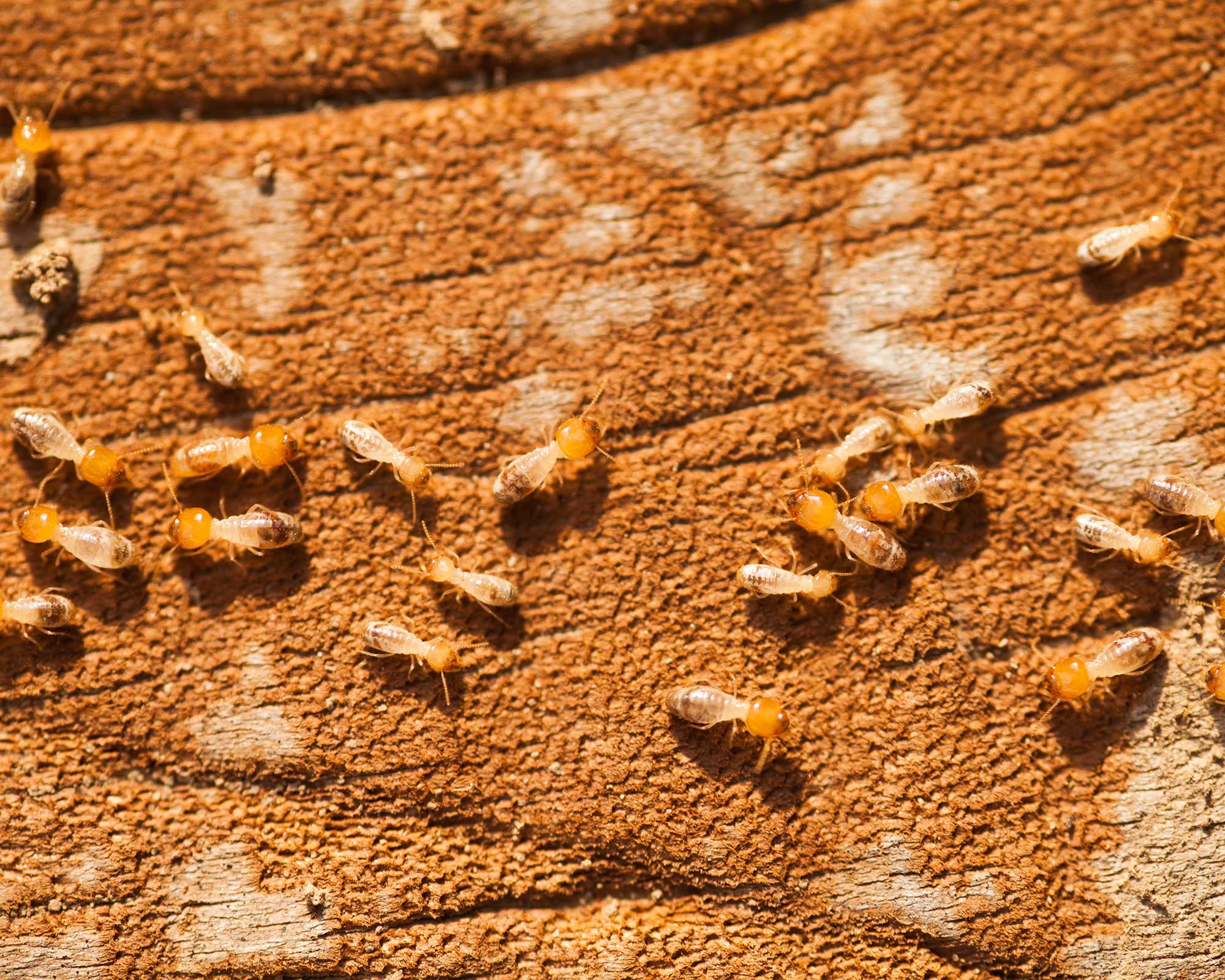
1. Clear your plot of termite temptations
As well as knowing how to get rid of termites, it's useful to know how to put them off from making a home in your plot to start with.
These insects love wood – it's what they eat – and most of them also like moist soil. In fact, the most common type of termite (subterranean) lives in soil, as do formosan types, and then attacks wood from the ground up. So one thing to do is make sure that the ground around your home is dry. This means checking for any plumbing leaks or blocked drains on the regular.
Ideally, you'll also want to ensure there is at least six inches of space between the ground and any wooden decking ideas or porches. If this isn't possible, The Home Depot advises to replace the soil around your home or such structures with sand, as termites cannot tunnel through this.
They also suggest to avoid stacking firewood against your house – why not opt for chic garden storage ideas instead? Removing old tree stumps from your yard is also a good move for deterring these pests.
There are steps you can take to make your yard less appealing to visiting rabbits too – our guide on how to keep rabbits out of your garden has got all the tips you need.
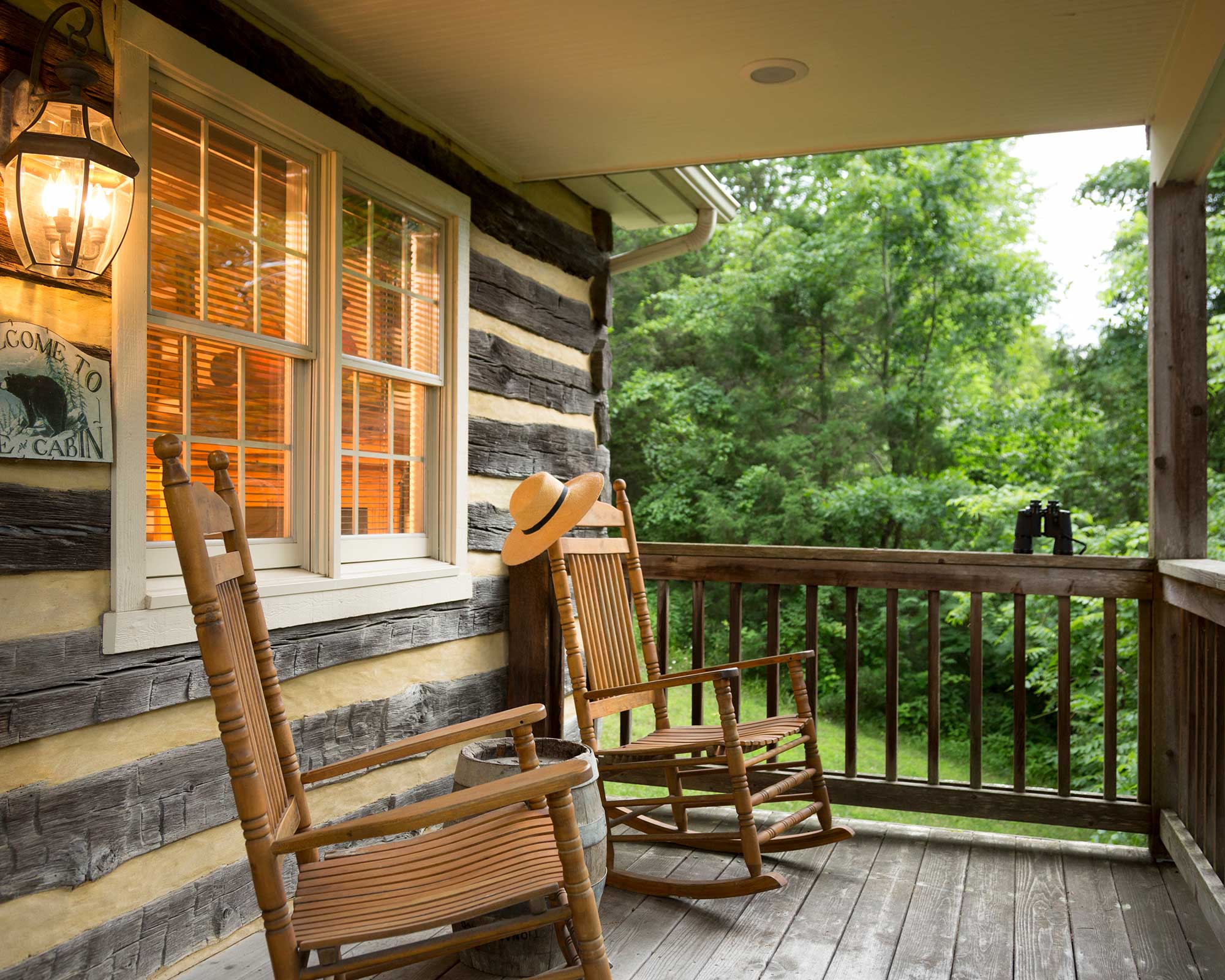
2. Opt for beneficial nematodes
If you're after a natural method for how to get rid of termites, then beneficial nematodes may be the solution. These microscopic parasites will happily prey on termites in the soil. In fact, they're useful if you want to know how to get rid of aphids that are soil-borne, too.
You can buy them online or at most garden supply stores. Follow the packet instructions for application, but usually you'll simply need to mix it with water to create a 'stock'. What's more, they're safe to use around pets, people, and plants and are compatible with organic gardening.
3. Make a bait station
If you're trying to rid your backyard of termites, then you could also consider using a bait station approach. These small, cylindrical vessels contain a small amount of wood, cellulose, or sometimes paper, which is laced with a substance that's poisonous to the pesky critters.
The stations are pushed down into the ground, with their top's flush with soil level. The idea is that the termites are lured in and then take the poison back to their nest, which has a somewhat delayed effect, to kill large proportions of the colony. You'll need to spread them out at intervals of around 10–20 feet from one other, as says Terminix, and 2–4 feet from your home's foundation, in areas where you suspect termite activity.
Although they are readily available online, for best results it's recommended to ask an expert to install them for you.
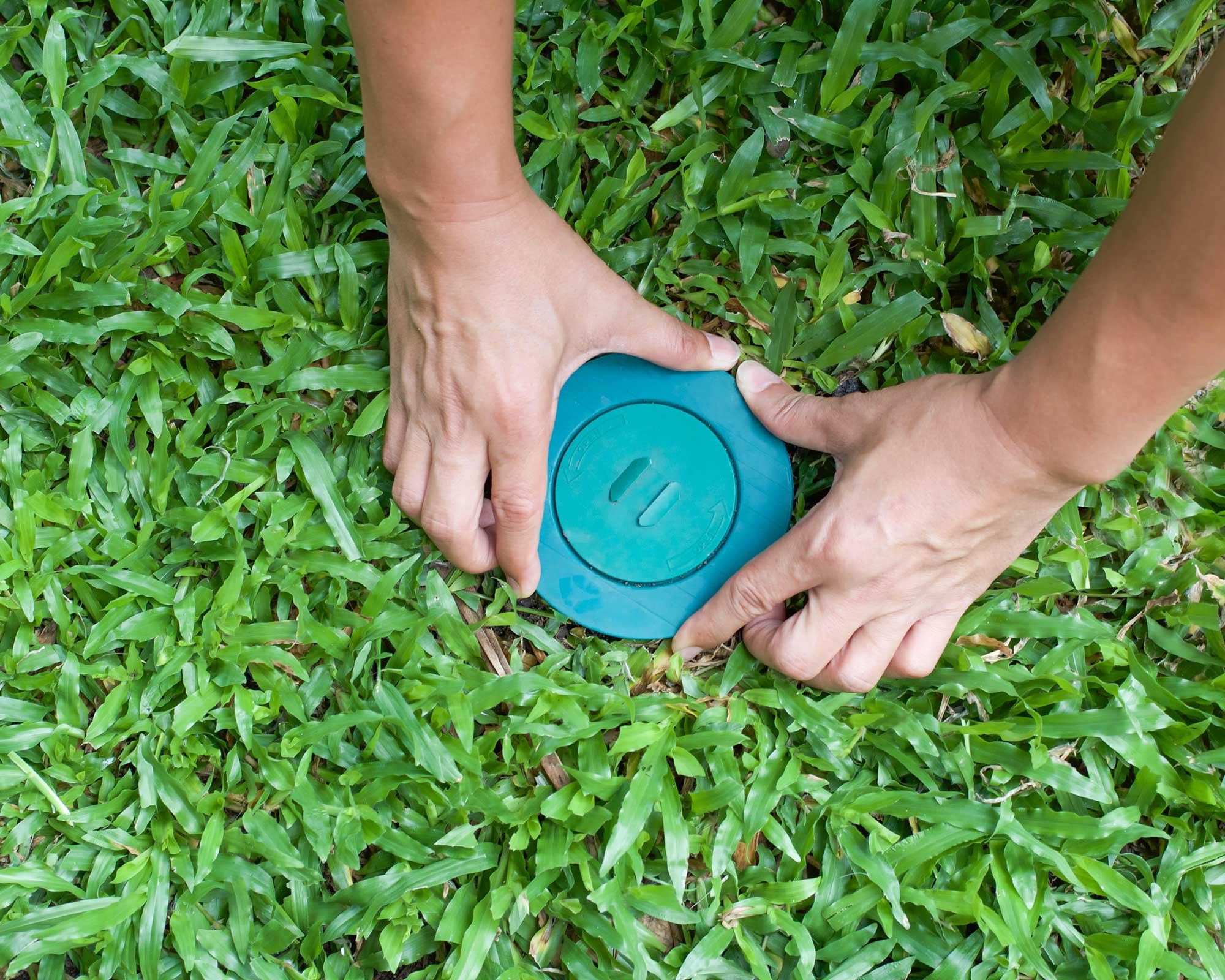
4. Use an insecticide liquid, dust or foam
Commercially-bought insecticides are another option if you want to know how to get rid of termites quickly.
Your first port of call will probably be a liquid form (or granules that can be watered into soil), specifically made for killing termites. These can be used directly onto the affected area, although always follow the instructions before you get started.
As the The Home Depot advises on their website, a foam insecticide can also be useful for injecting into areas that you can't reach, whilst dusts are another option if you find them more practical.
You can also use insecticide to tackle carpenter bees – another pest that will happily destroy your woodwork. Take a look at our dedicated guide on how to get rid of carpenter bees to learn more.
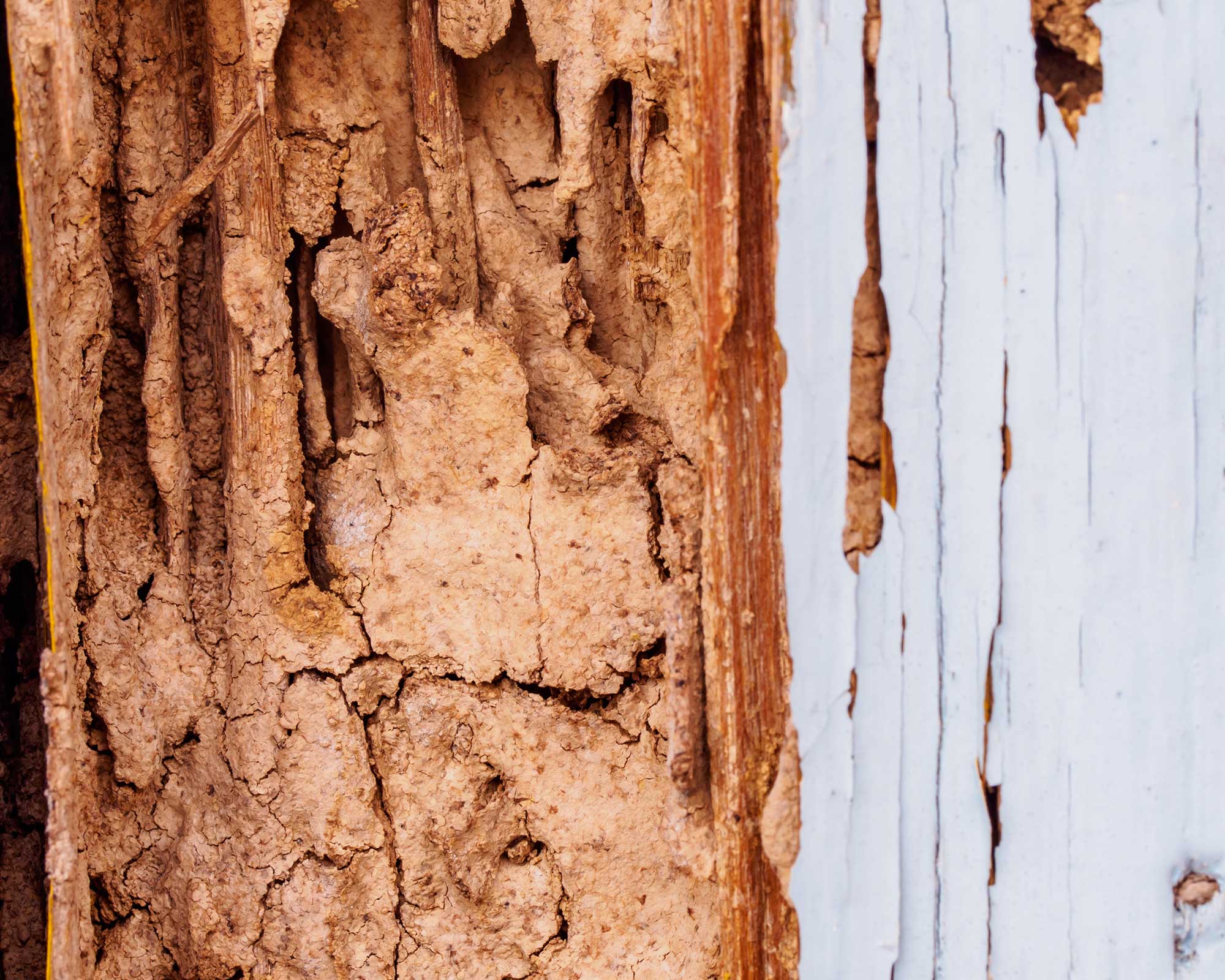
5. Trap them with cardboard
Want to avoid harsh chemicals in your yard? Then a trap of wet cardboard might be one to try (yes really).
All you need to do is wet a few strips and stack them up near an area outdoors where you suspect termites are afoot. They will be drawn to the trap in search of food.
Once the trap is infested with termites, carefully take it to a safe area to set alight. This trick may not diminish your termite problem completely, but when used in conjunction with other methods (and especially if repeated periodically) can be a big help.
6. Expose affected wood to sunlight
If you're wondering how to get rid of termites in furniture, then a good dose of sunshine may do the trick. Typically, these little critters won't survive too long in the open air or bright light.
So, bring infected chairs, tables or desks outdoors on a hot day. For maximum effectiveness, continue to do so for another two or three days.
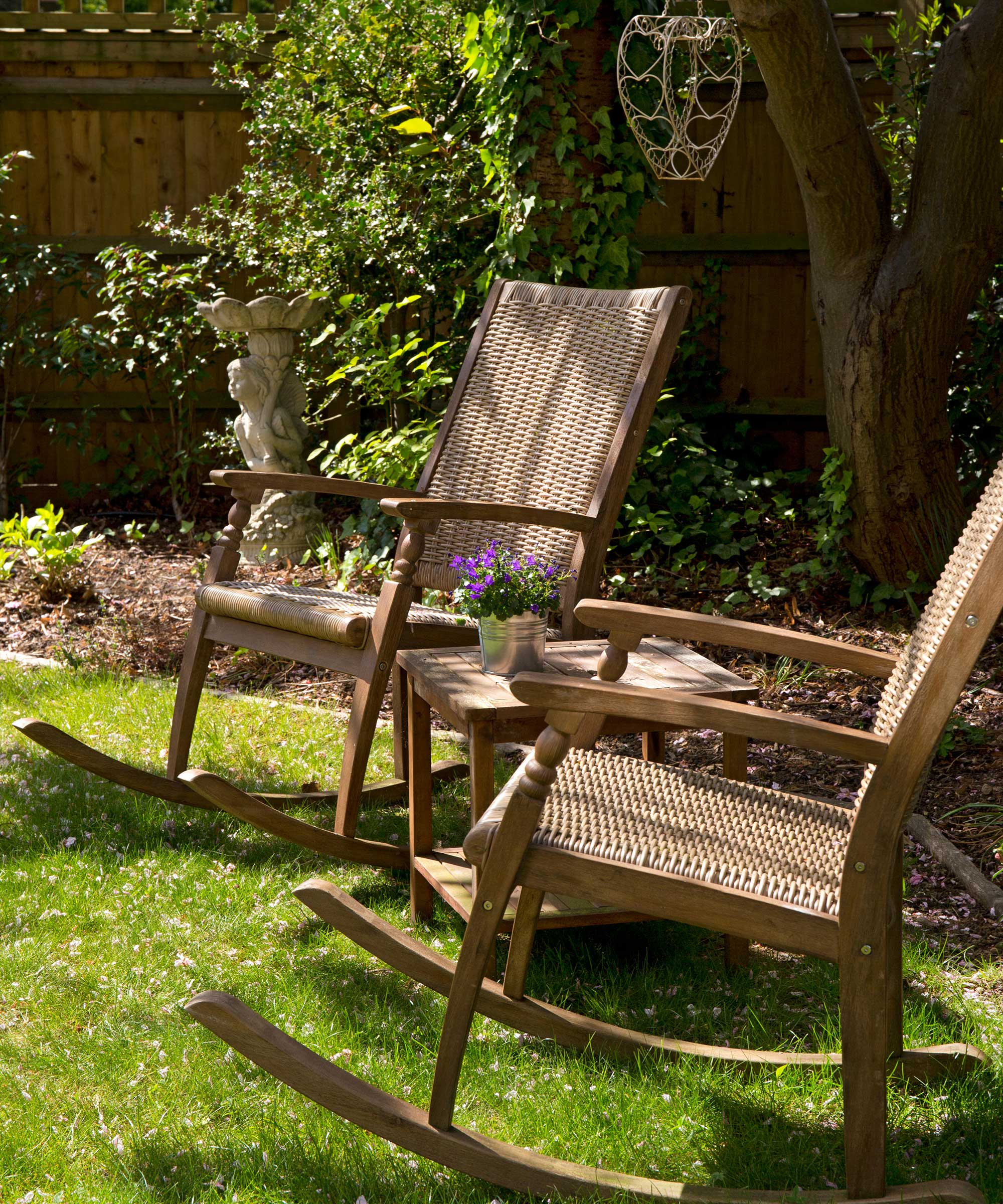
7. Opt for boric acid
Boric acid is another method that's known for getting rid of termites. It can be used in bait stations, applied as a powder to affected areas, or used as a spray when diluted with water. It's relatively inexpensive to buy.
However, do bear in mind that boric acid is poisonous to people and pets too, so always use it with extreme caution and store it out of harm's way. It may also harm other, beneficial insects, such as pollinators, as well as plants – avoid spraying it on a lawn.
- Have your raised beds or once-dazzling dahlias fallen prey to slugs? Our guide on how to get rid of slugs will come in handy.
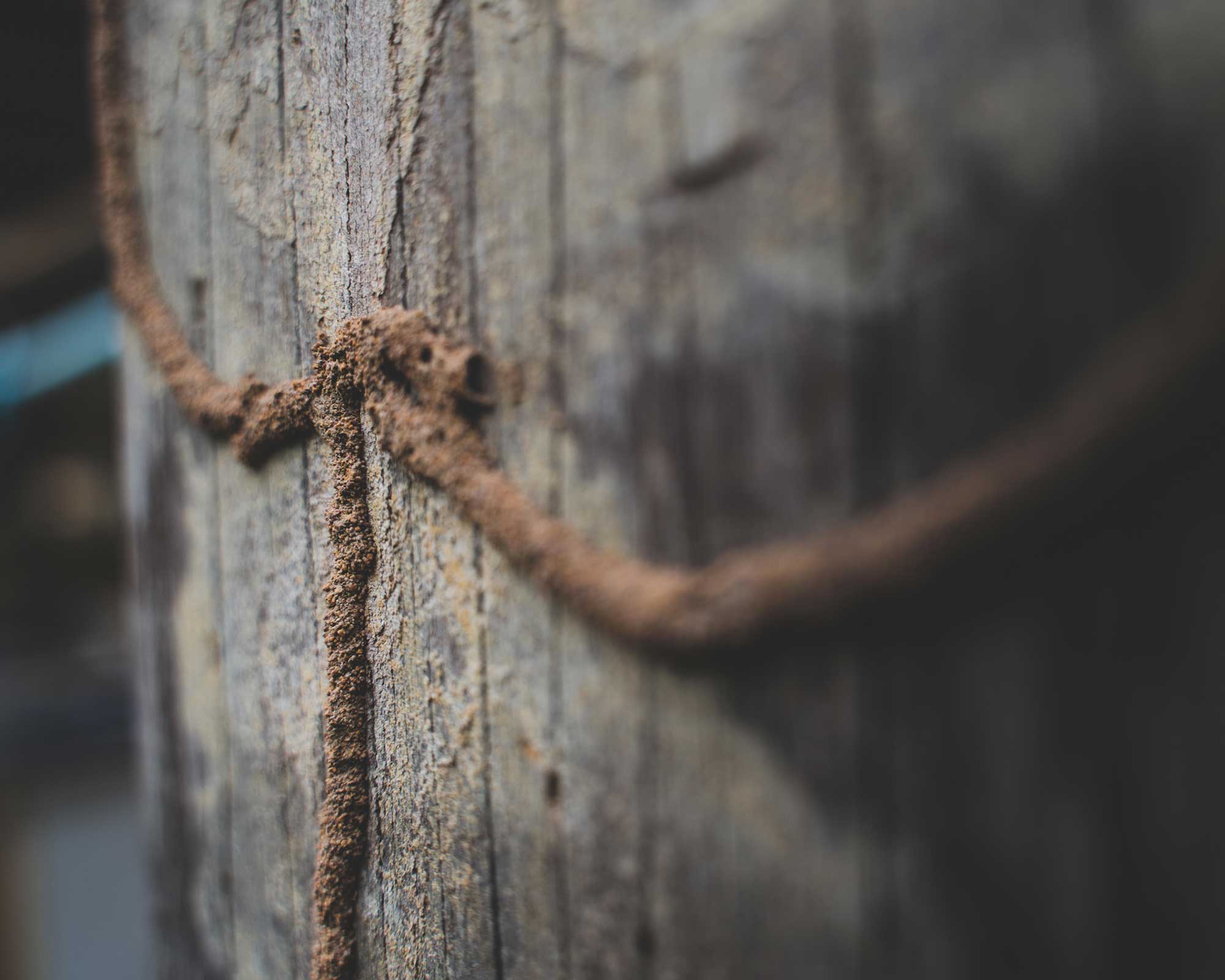
How can you identify a termite infestation?
It's all well and good knowing how to get rid of termites, but you'll also need to be able to spot them. Here's some things to look out for:
- Hollow wood: If your wooden structures sound hollow when you know that they shouldn't be, it could be evidence that termites are busy bustling around inside.
- Termite droppings: You can also keep an eye out for granular, oval-shaped droppings around doors, windows, and baseboards, otherwise known as frass.
- A clicking noise: It may sound unnerving (literally) but listen carefully and you might hear termites – they bang their heads and bodies against wood when they detect a threat to create a rattling sound.
- Mud tubes: Subterranean termites create mud tubes to get from the soil to their food, and these are a telltale sign to look out for. Pencil-width, these passageways are made from mud and wood. Remember that drywood termites don't make these, so even if you don't spot them, you might not be in the clear.
- Otherwise unexplained damage: Small holes, peeling paint, drooping drywall, crumbling wood... there's all kinds of things that can signal a termite infestation if you look closely.
Although DIY methods can be helpful, it's always worth seeking help from a pest control expert if you suspect a termite infestation. In fact, it's a good idea to get your property checked over regularly – at least once every few years.
If not managed properly, these insects can destroy an entire home should they get the chance, and paying for a professional service can save you much more money in the long term.
Looking for more tips for identifying pests? You'll find top advice in our guide on how to get rid of skunks in your yard.
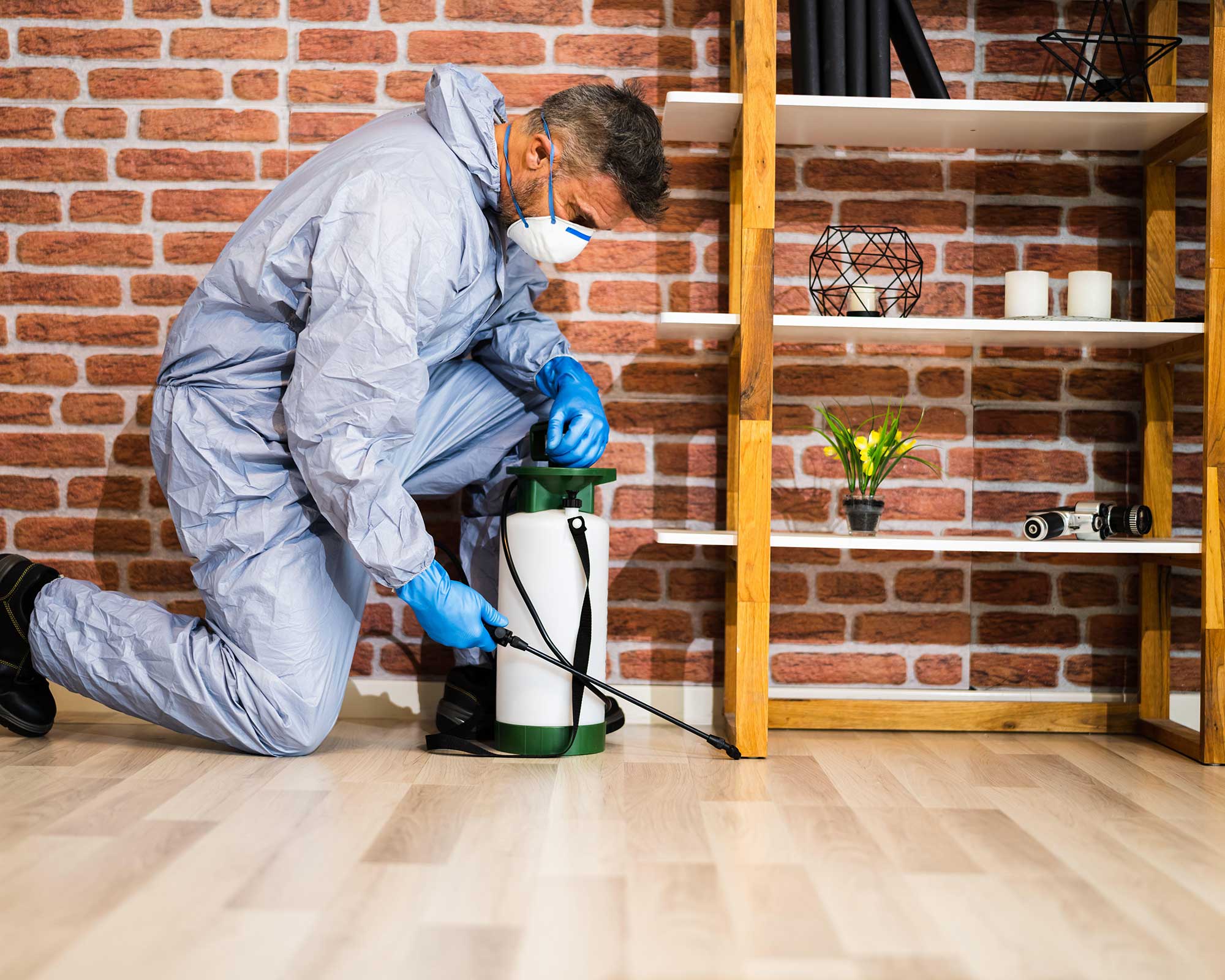
What are the different types of termite?
There are three kinds of termite: subterranean, drywood, and formosan.
Subterranean termites need cool, moist soil to survive and move from place to place by building mud tubes. They're around 1/8–1/3in long, with narrow bodies, and can be a variety of colors depending on whether they're a 'worker' (pale cream), a 'solider' (pale cream with a brown head), a primary reproductive (black or brown) or a supplementary reproductive (white).
Drywood termites don't have to have soil to thrive – they can happily reside in wood alone. They're slightly larger than subterranean types (up to 1/2in) and dark to light brown in color, but their colonies are smaller.
Formosan termites are less common than subterranean kinds, but they are also soil-borne. They look slightly different, with a translucent orange color and longer body. And, they're unique in that they build secondary 'carton nests' above ground, if there is enough moisture available.
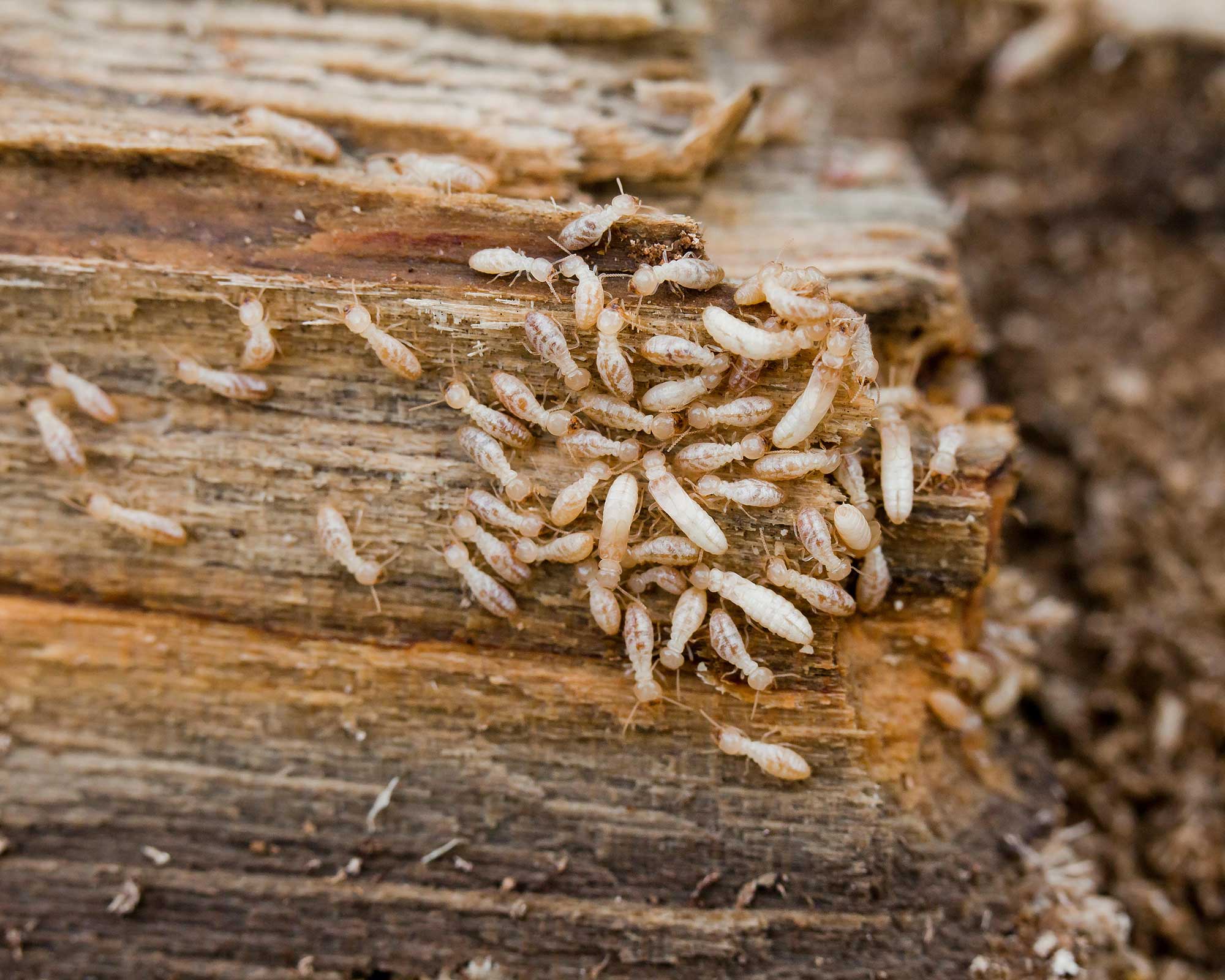
Can you use vinegar to get rid of termites?
Vinegar is a bit of a household wonder – not only is it useful if you want to know how to get rid of weeds (when used with caution) or even how to get rid of squirrels, but it can also be used to combat termites.
All you need to do it mix white vinegar with lemon juice, then use the liquid as a spray upon affected areas to kill off the pesky intruders. Test on a small section first to ensure it doesn't affect the finish of your wood.
You'll need to repeat the process regularly, and it perhaps isn't effective enough to tackle a large infestation, but if you've already got the ingredients in your cupboard then it's worth a shot.
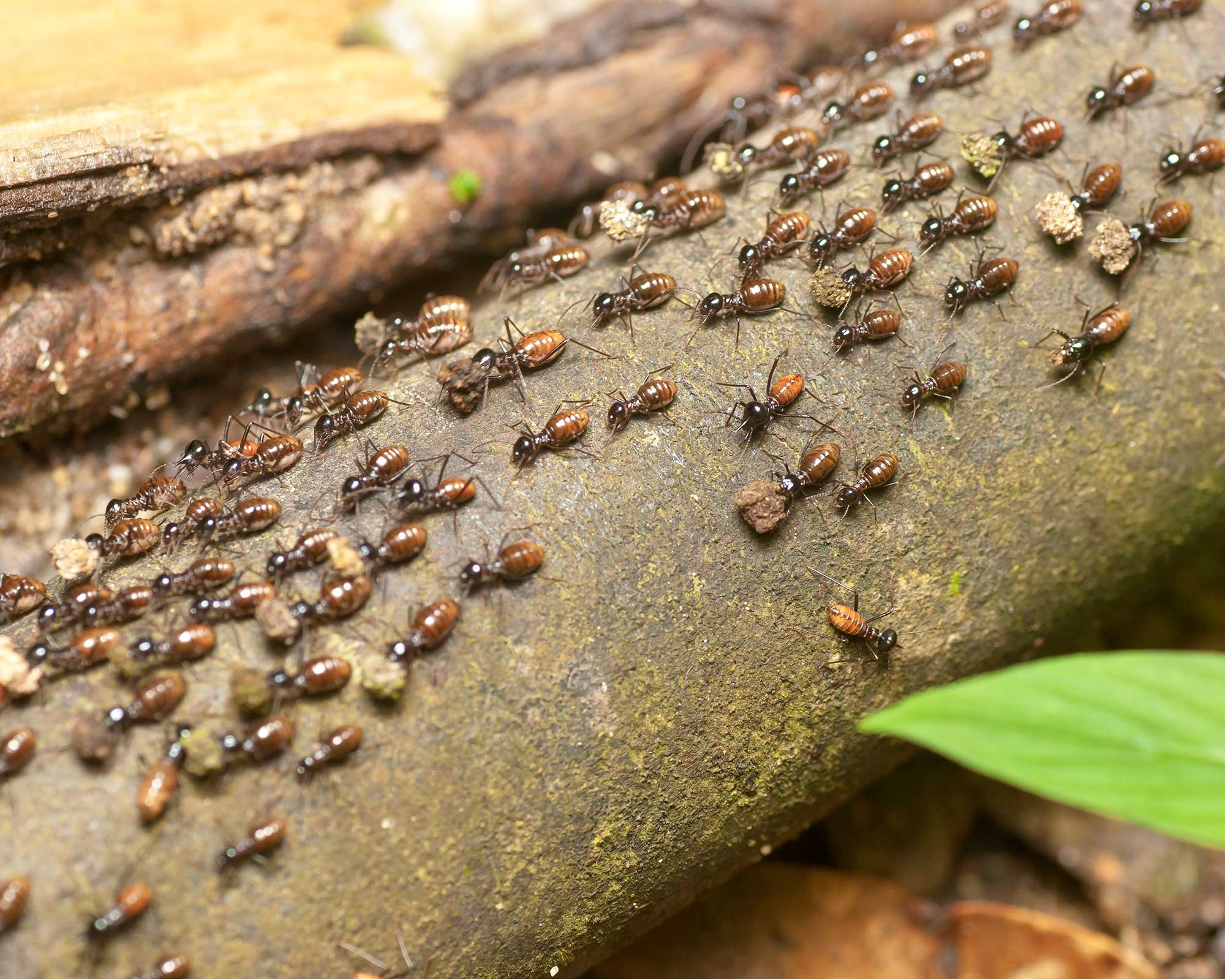
Do termites bite?
There is one good thing about termites – although they love to chomp through your home's structures and prized furniture, they won't turn their teeth on you. They're unlikely to attack your beloved pets, either – in fact, due to their habitual nature of being hidden underground or tunnelling through wood, your cat or dog is unlikely to ever encounter them.

The garden was always a big part of Holly's life growing up, as was the surrounding New Forest where she lived. Her appreciation for the great outdoors has only grown since then. She's been an allotment keeper, a professional gardener, and a botanical illustrator – plants are her passion.
